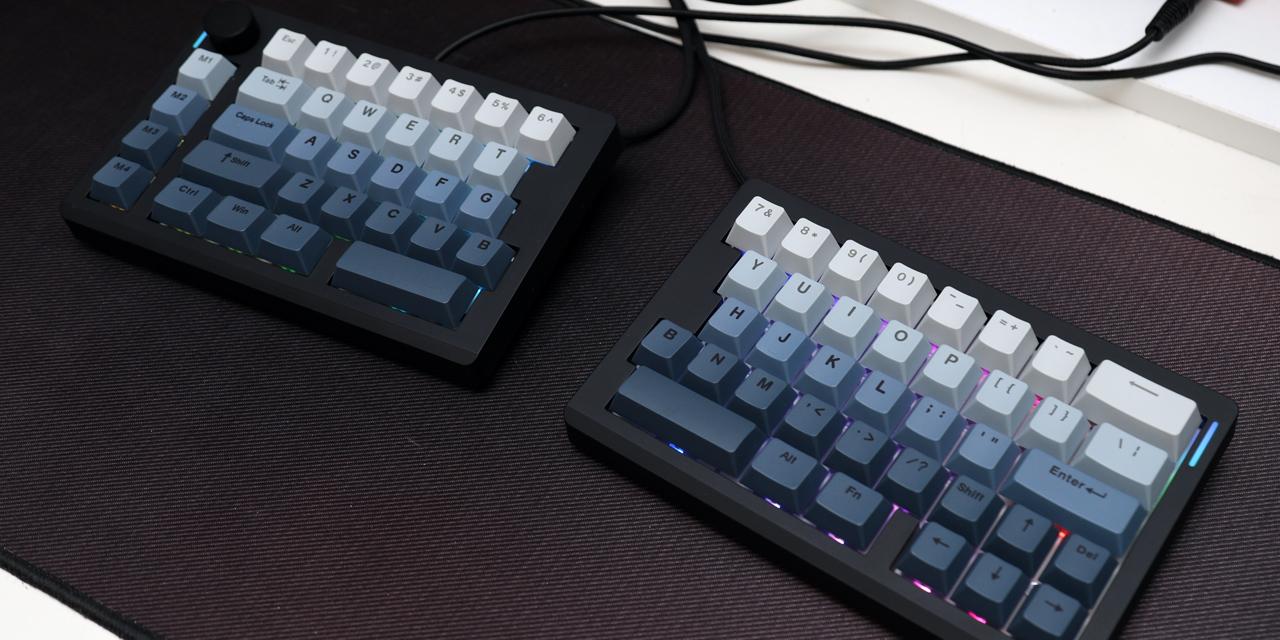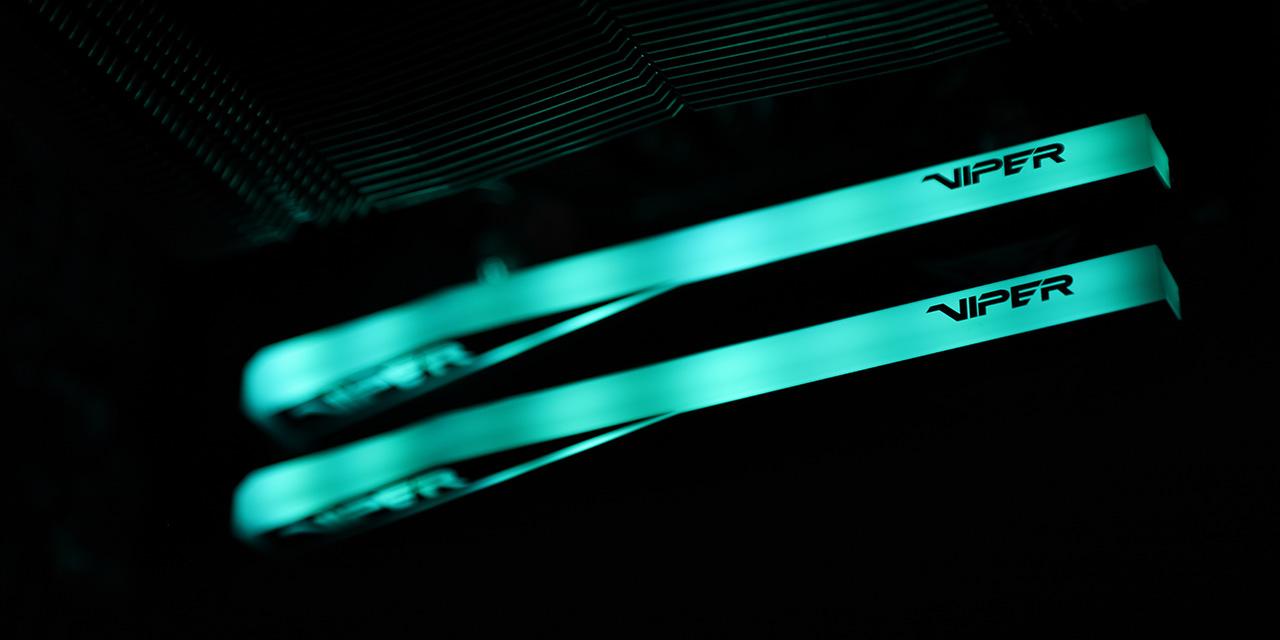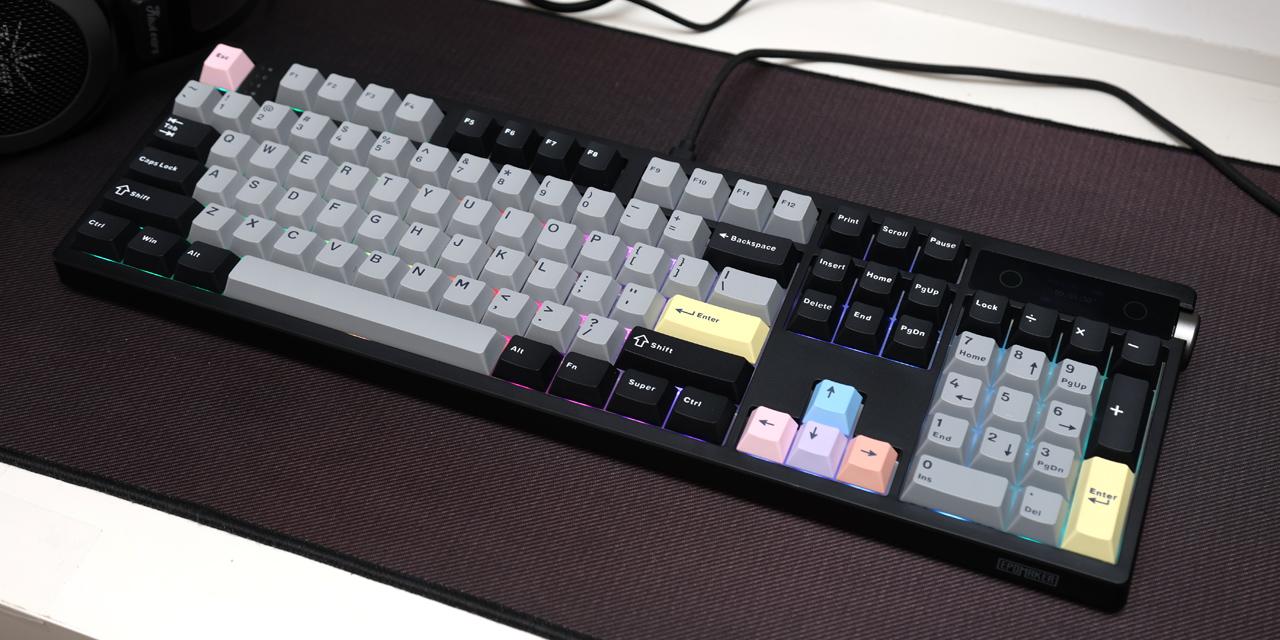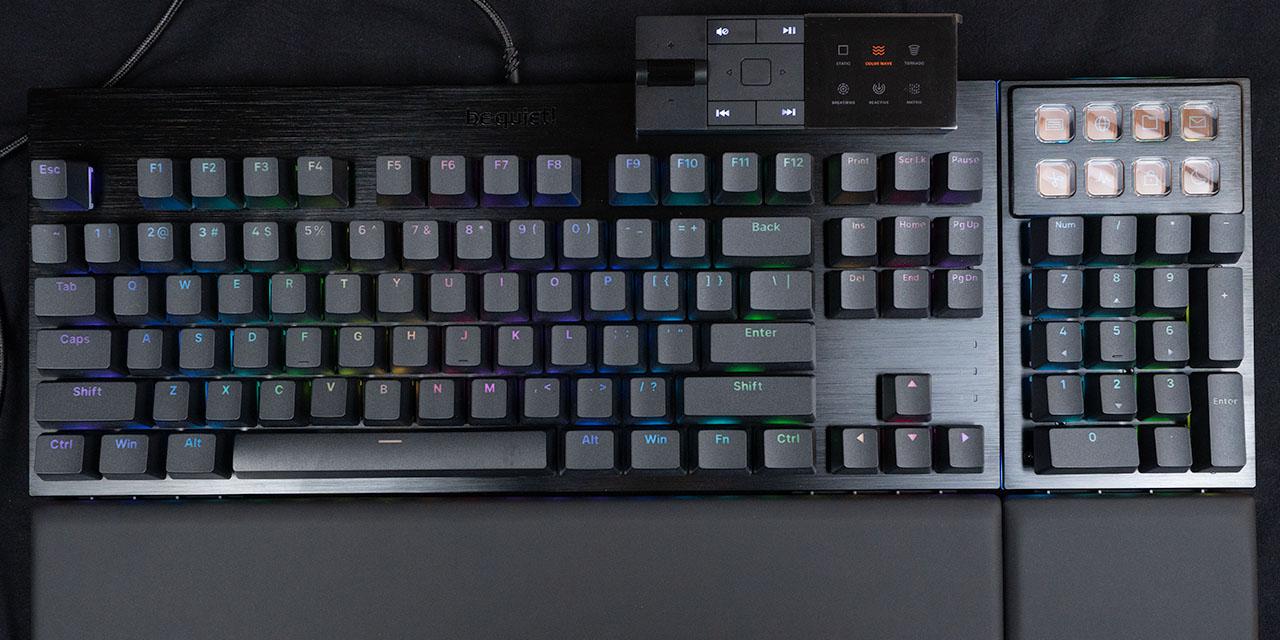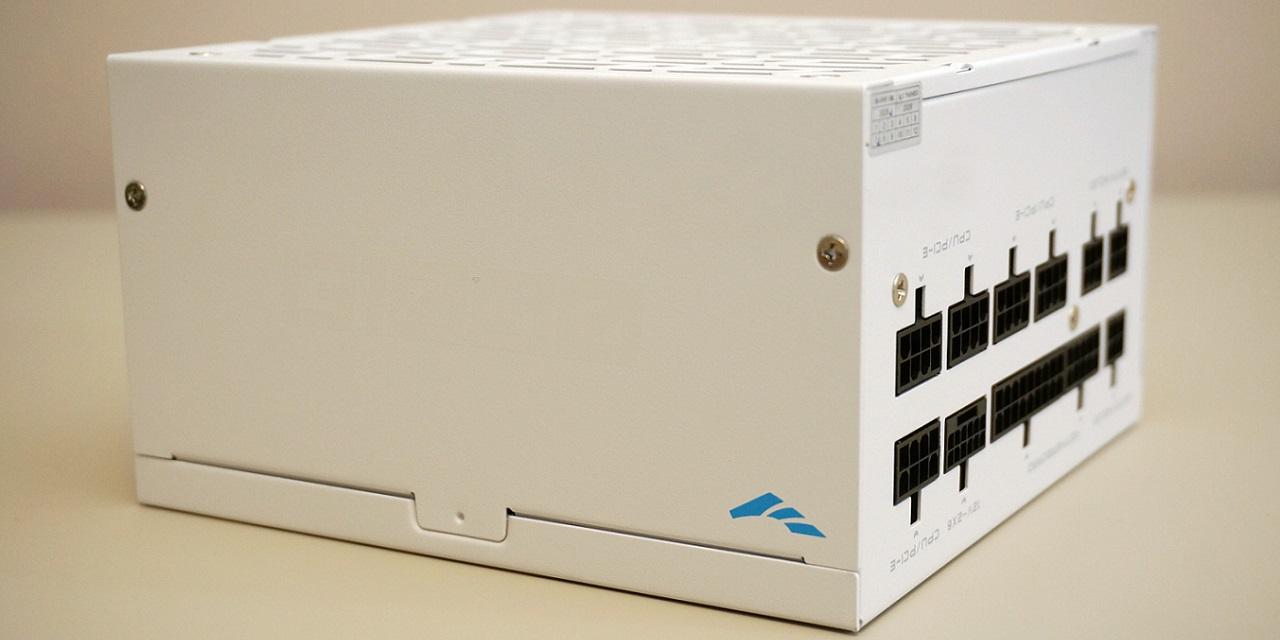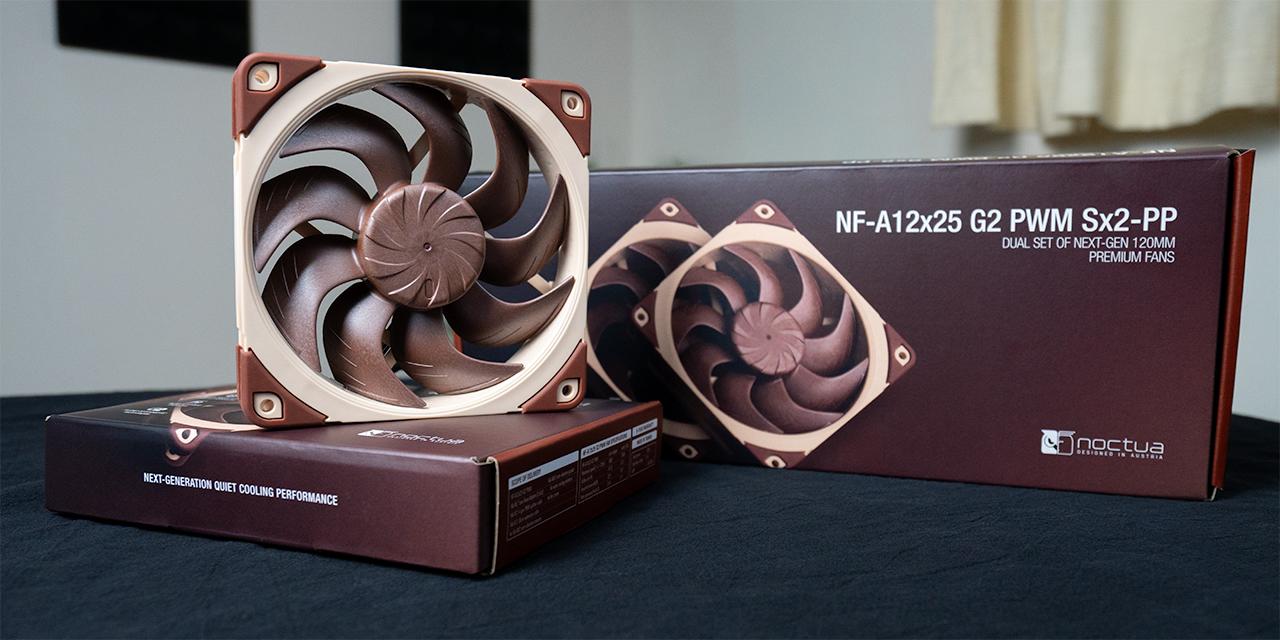Page 2 - A Closer Look, Test System

The Lexar NQ780 4TB is Lexar's latest entry into the PCIe 4.0 M.2 market, but it looks like any other SSD, at least in its physical appearance. The front label here shows a few things, including its name and capacity. Physically speaking, this is an M.2 2280 SSD. The "2280" standard refers to its physical size of 22mm by 80mm. The components are located on one side of the printed circuit board, which we will take a glance at shortly. This label also doubles as a heatsink with a bit of thickness to help with dissipating heat. Physically, this drive should fit within the confines of a PlayStation 5.
The Lexar NQ780 4TB works on the NVMe 1.4 logical device interface and plugs into compatible motherboards directly. Electrically, this M.2 NVMe drive interfaces with PCIe 4.0. The NQ780 4TB uses up to four lanes for a theoretical maximum of 8000MB/s bandwidth in each direction. Its specified weight is 6g. On the other side, there are absolutely no components or label of interest, as it is just the exposed backside of the printed circuit board.

On the backside of the Lexar NQ780 4TB, you will find no components of interest. The label here denotes miscellaneous information for this product's model name, capacity, serial number, and regulation certifications. Otherwise, you can see this drive originated from Taiwan, where a lot of other Lexar drives have also come from.

Underneath the label, you can get a better view of the primary components of the Lexar NQ780 4TB. The first thing we can see is the smaller chip, which is the Innogrit IG5236. This is an NVMe solution on the M.2 socket that uses the PCIe 4.0 standard. While this controller can be paired with integrated memory, Lexar has not included any DRAM on the NQ780. This is a bit of a disadvantage to having no DRAM, as this can affect prolonged reading and writing performance. To alleviate this, some SSDs without DRAM may utilize HMB, or host memory buffer, and allocate some of the system's memory as a buffer location for faster access compared to flash NAND access. This is the case with the Lexar NQ780 4TB.

Further down the drive, there are four Longsys W2503011613210 NAND chips. These are rebranded Intel 144-layer quad-level cells with a capacity of 1TB on a single chip. According to Lexar, the rated write endurance is 2400TBW for the 4TB capacity, or 600TBW/TB. For some reference, the Kingston NV3 2TB has a write endurance of 320TBW/TB, while the Lexar PLAY 2280 4TB has a write endurance of 800TBW/TB. By the numbers, this write endurance works out to 1315GB per day for five years. Traditionally, QLC-based SSDs have a shorter write endurance, but these recent Lexar drives are proving the trend wrong. Internally, there is no overprovisioning with the NQ780 4TB, so the actual usable space is 4096GB, as advertised. In Windows, you will see 3815GB available. We could not find the rated power consumption for this drive.

To see how all this hardware translates to numbers in our benchmarks, we will pit the Lexar NQ780 4TB against other SSDs from manufacturers like Crucial, Netac, and even Lexar themselves in the next seven pages or so.
Our test configuration is as follows:
CPU: AMD Ryzen 7 9700X
CPU Cooling: be quiet! Dark Rock Elite
Motherboard: ASUS ProArt X870E-Creator WiFi
RAM: Crucial Pro Overclocking DDR5-6400 2x16GB
Graphics: EVGA GeForce RTX 3070 Ti XC3 ULTRA GAMING
Chassis: SilverStone SETA A2
Storage: Lexar Professional NM800 PRO 2TB, Kingston NV3 2TB
Power: be quiet! Straight Power 12 1200W
Operating System: Microsoft Windows 11 Pro
Compared Hardware:
- Lexar NQ780 4TB
- Crucial P310 2280 2TB (Heatsink Version)
- Lexar PLAY 2280 4TB
- Netac NV7000-t 1TB
Page Index
1. Introduction, Packaging, Specifications
2. A Closer Look, Test System
3. Benchmark: AIDA64 Disk Benchmark
4. Benchmark: ATTO Disk Benchmark
5. Benchmark: Crystal Disk Mark 8.0
6. Benchmark: HD Tune Pro 5.70
7. Benchmark: PassMark PerformanceTest 11
8. Benchmark: PCMark 10
9. Benchmark: 3DMark
10. Conclusion
